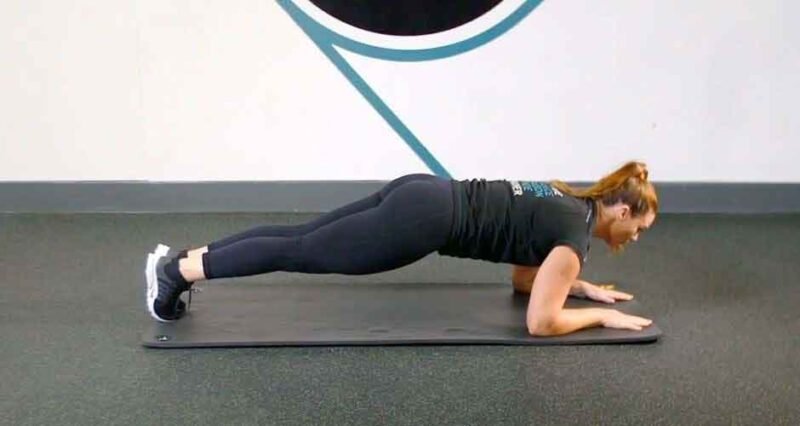
Starting a core training program is a great way to improve your overall strength and stability. A strong core can help you in various activities and reduce the risk of injury. Yoga is an excellent way to strengthen and engage your core muscles while promoting flexibility, balance, and relaxation. Here are some ways to get started with core strengthening:
Understand the Benefits of Core Training
The core muscles, including the rectus abdominis, obliques, transverse abdominis, and erector spinae, help stabilize your spine and pelvis. This stability maintains balance and coordination in various activities like standing or walking and more complex movements like lifting weights or performing yoga poses. A strong core offers reliable support to the spine and helps protect against strains, sprains, and injuries in the lower back.
Some people will experience lower back pain at some point in their lives. Core strengthening can help manage and alleviate this pain by improving the stability of the muscles that support the spine. By strengthening your core, you can promote better posture, reducing the risk of postural issues. Once you understand the benefits of core training, you can set clear goals for a personalized routine.
Choose Core-focused Yoga Poses
Many yoga poses target the core muscles, helping to build strength and stability. Incorporate poses that engage the abdominal muscles, obliques, and lower back to maximize yoga benefits. The plank pose engages the entire core and strengthens the abdominal muscles.
You can strike the bridge pose, which strengthens the lower back and glutes, contributing to core stability. The four-limbed staff pose is suitable for building arm and core strength. Boat pose and warrior III are effective poses for challenging balance and core stability.
Include a Balanced Routine
A uniform core training routine allows you to work on different areas of the body and prevent muscle imbalances. Start with gentle stretches, neck rolls, and wrist circles to prepare your body for the practice. Warming up increases blood flow to your muscles and helps prevent injury.
To build strength in your legs and enhance balance, include standing poses like a warrior pose, triangle pose, and tree pose. Twisting poses like the revolved triangle and the revolved side angle can be great options for spinal mobility and core engagement. You can also incorporate poses that open the hips, such as pigeon pose and butterfly pose, which can help improve hip flexibility and control lower back tension.
Use Helpful Props
Props can help you maintain proper alignment, improve flexibility, and make poses more accessible. If you can’t reach the ground in standing poses, place yoga blocks under your hands for support. Yoga straps are especially useful in deepening stretches for the hamstrings, shoulders, and hips. You can loop a strap around your foot and pull it gently to increase your range of motion.
Straps can help you maintain alignment in twisting poses by extending your reach and facilitating a deeper twist. Placing a yoga blanket under your hips or knees can improve stability in certain poses, like the child’s pose. As a beginner, use yoga bolsters for support in poses like Savasana and Supta Baddha Konasana. You can use the wall or chair for support in deep stretches, such as a supported downward dog.
Include Cross-training
Balancing core training with other forms of exercise can help achieve well-rounded fitness. Incorporate stretching exercises to improve flexibility and reduce muscle tension since a flexible body complements a strong core. Kettlebell exercises like the kettlebell swing involve dynamic movements that require strong core engagement.
Yoga and pilates also focus on core engagement and can be an excellent addition to your routine. Integrate functional exercises that mimic real-life movements, like lifting, carrying, and twisting, to help you apply core strength to everyday activities. Squats and deadlifts also engage the core, so include them in your workout plan.
Start Practicing Core Strengthening Exercises
If you’re new to yoga or exercise, consult a yoga instructor or fitness professional to help you practice the proper postures and techniques to avoid injury. An instructor can provide feedback, helping you achieve the correct alignment, which could be challenging to do on your own. Injuries, physical issues, or health conditions may require adjustments to standard yoga poses. An instructor can modify poses to accommodate your circumstances while providing an inclusive practice. Start your search for a reputable instructor near you.


